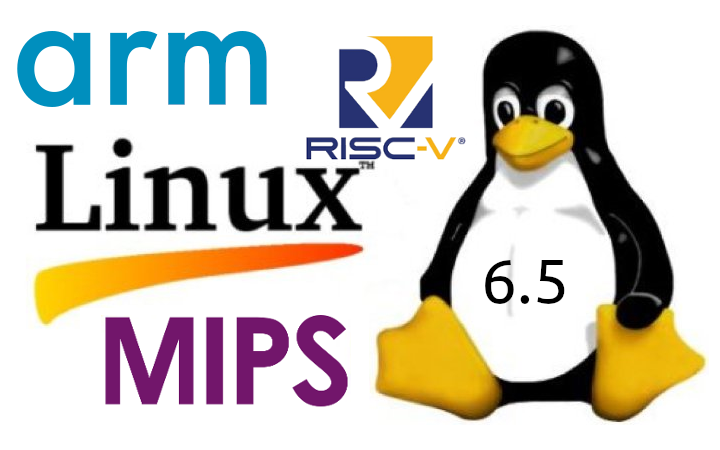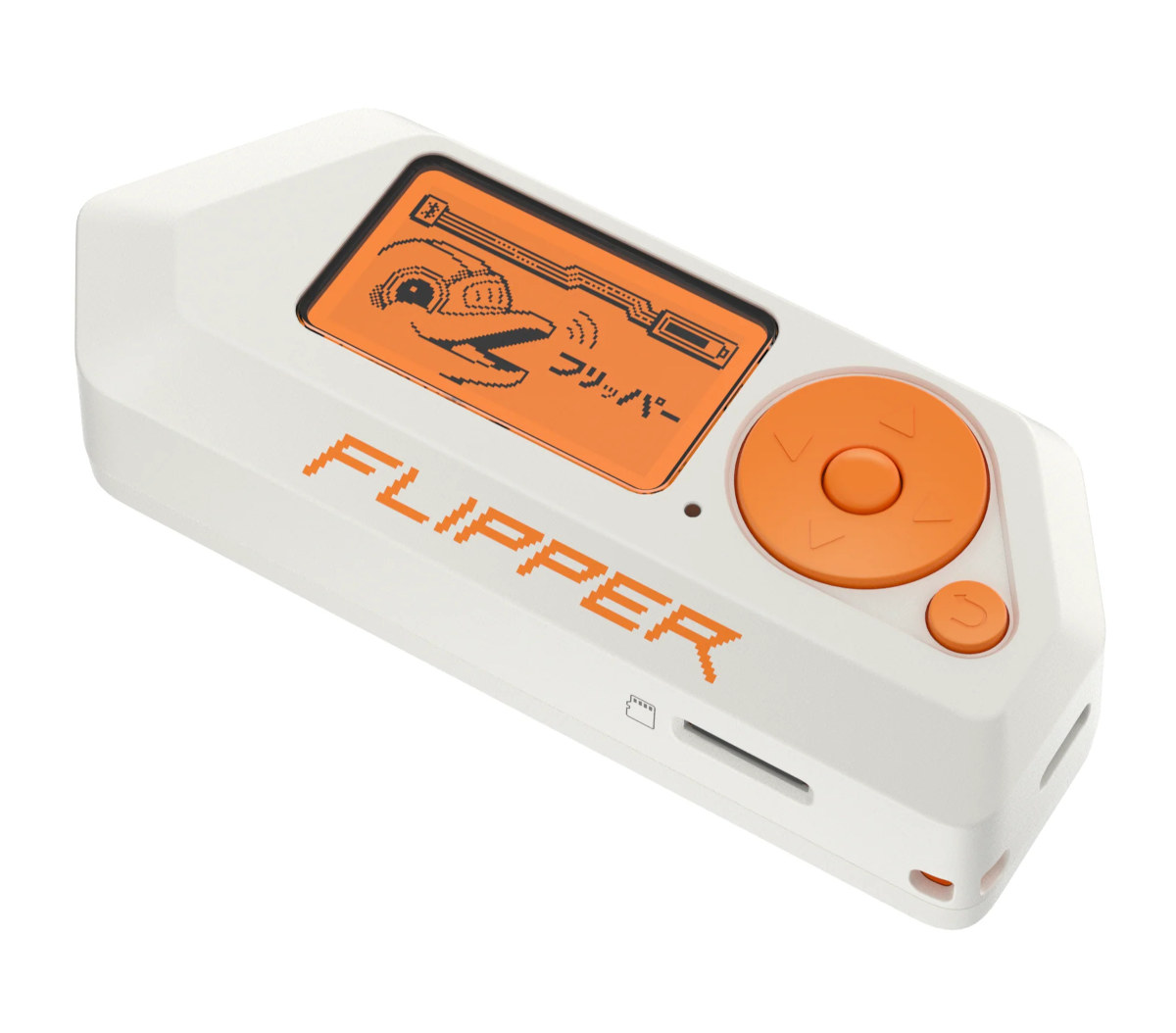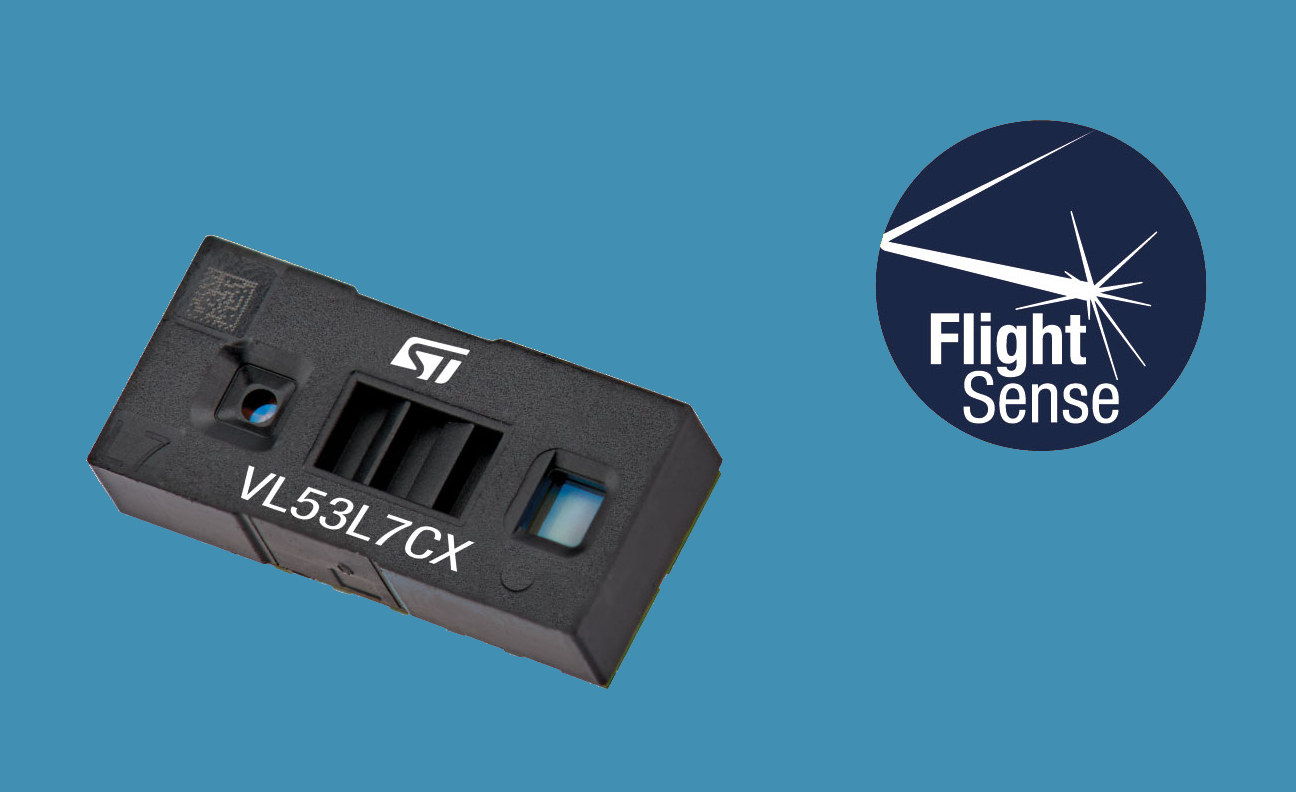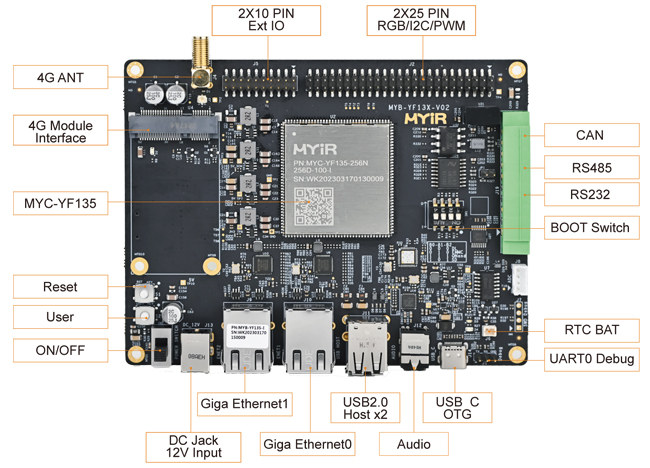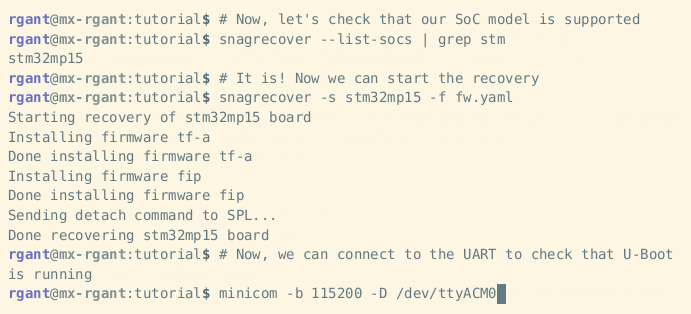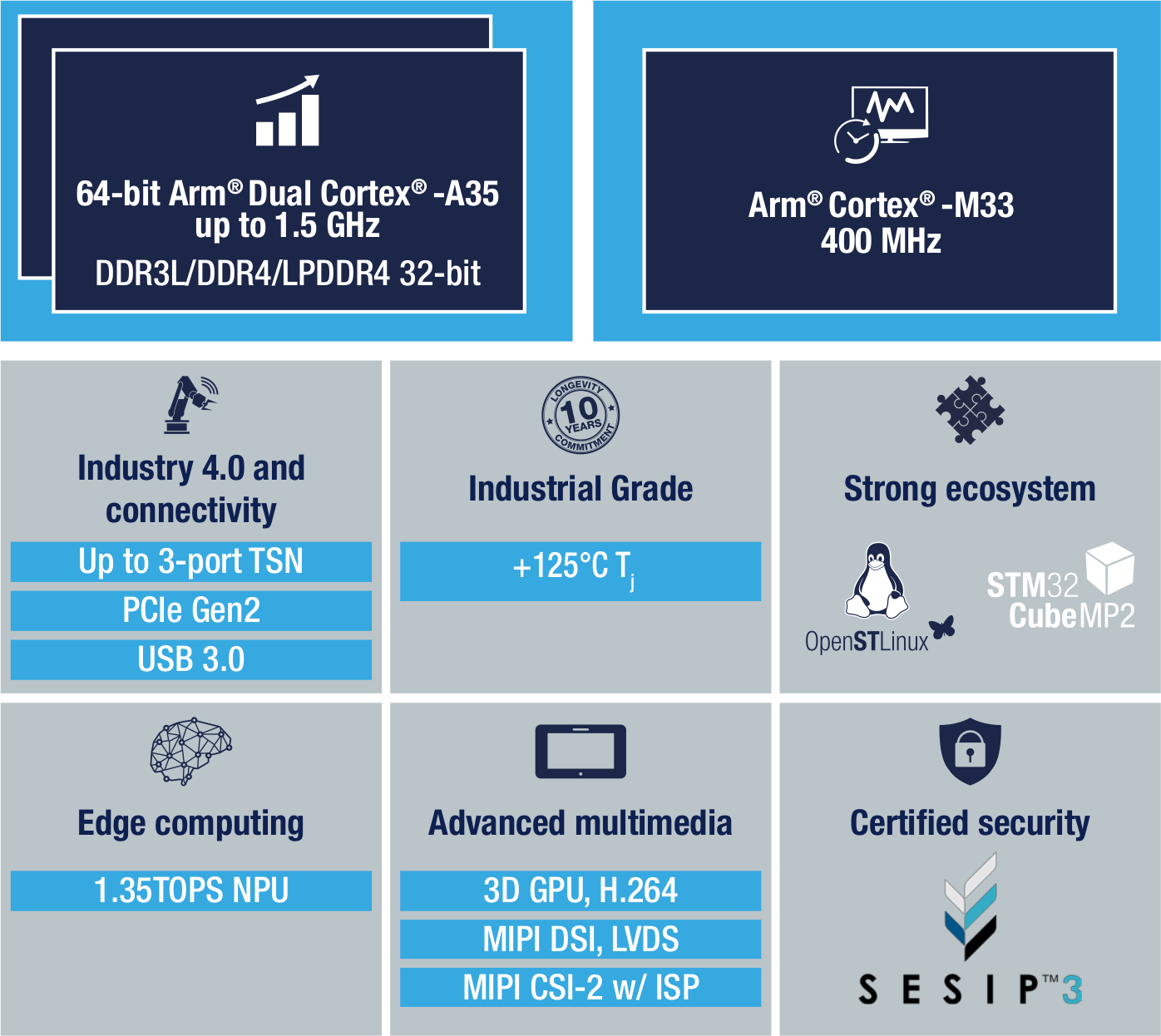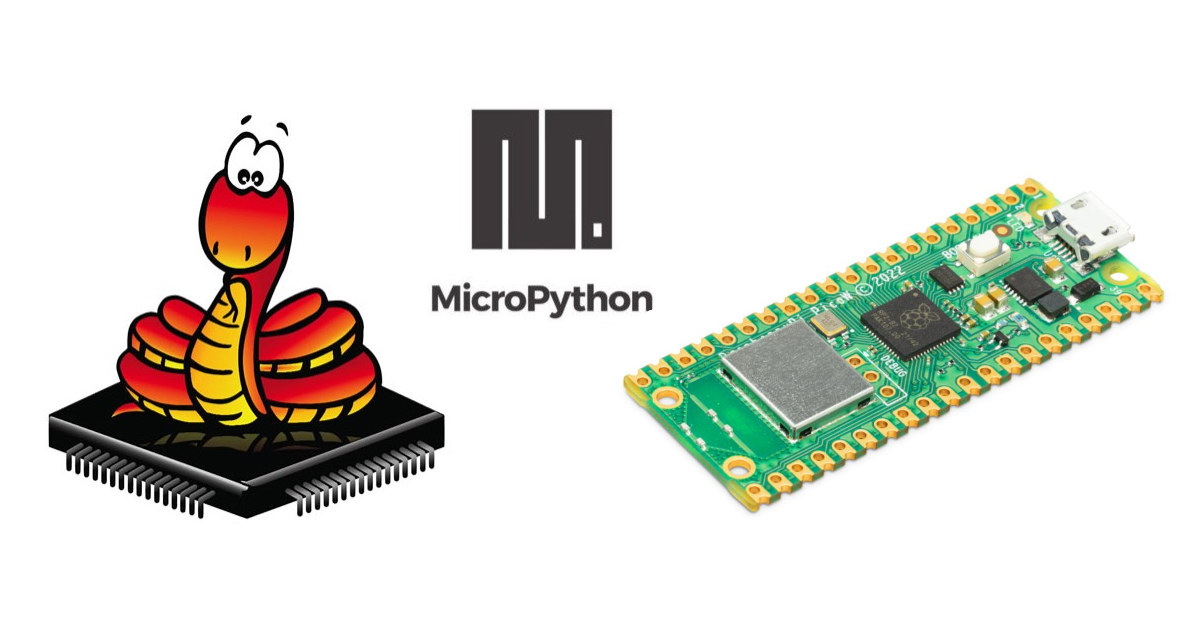Linus Torvalds has just announced the release of Linux 6.5 on the Linux Kernel Mailing List (LKML): So nothing particularly odd or scary happened this last week, so there is no excuse to delay the 6.5 release. I still have this nagging feeling that a lot of people are on vacation and that things have been quiet partly due to that. But this release has been going smoothly, so that’s probably just me being paranoid. The biggest patches this last week were literally just to our selftests. The shortlog below is obviously not the 6.5 release log, it’s purely just the last week since rc7. Anyway, this obviously means that the merge window for 6.6 starts tomorrow. I already have ~20 pull requests pending and ready to go, but before we start the next merge frenzy, please give this final release one last round of testing, ok? Linus The earlier […]
TRACEPaw sensorized paw helps legged robots “feel the floor” with Arduino Nicla Vision
Our four-legged friends don’t walk on tarmac the same way as they do on ice or sand as they can see and feel the floor with their eyes and nerve endings and adapt accordingly. The TRACEPaw open-source project, which stands for “Terrain Recognition And Contact force Estimation through Sensorized Legged Robot Paw“, aims to bring the same capabilities to legged robots. Autonomous Robots Lab achieves this through the Arduino Nicla Vision board leveraging its camera and microphone to run machine learning models on the STM32H7 Cortex-M7 microcontroller in order to determine the type of terrain and estimate the force exercized on the leg. But the camera is apparently not used to look at the terrain, but instead, at the deformation of the silicone hemisphere – made of “Dragon Skin” – at the end of the leg to estimate 3D force vectors, while the microphone is used to recognize terrain types […]
Flipper Zero hardware & wireless hacking tool gets an app “store” with open-source app
Flipper Zero portable multi-tool for pentesters and hardware hackers has now gotten an app “store” with currently around 100 free and open-source apps available through the device’s Android or iOS app. I missed it at the time, but the Flipper Zero launched on Kickstarter in July 2020 and was massively popular with close to 5 million dollars raised from almost 38,000 backers. The tool looks like a toy but it allows hacking with GPIOs and short-range wireless protocols such as Bluetooth, RFID, NFC, and infrared. Flipper Zero specifications: Wireless MCU – STMicro STM32WB55RG with Arm Cortex-M4 application core @ 64 MHz, Arm Cortex-M0+ network core @ 32 MHz, 1024 KB flash, 256KB SRAM Storage – MicroSD card slot up to 64GB Display – 1.4-inch monochrome LCD (black on orange background) with 128×64 resolution via ST7565R SPI display controller Connectivity Bluetooth 5 LE & 802.15.4 via STM32WB55 microcontroller Bluetooth LE – […]
VL53L7CX Time-of-Flight (ToF) sensor offers camera-like 90° field of view
STMicroelectronics VL53L7CX is the latest FlightSense multi-zone Time-of-Flight (ToF) distance sensor from the company with the main highlight between its camera-like 90° diagonal field of view, derived from a 60° x 60° field of view… This is a significant improvement over the 61° diagonal field of view of the previous generation ToF sensors such as the VL53L8 or VL53L5CP, and the wider field-of-view is said to bring “lifelike situational awareness” to applications like home automation, computers, house appliances, robots, and industrial equipment with full-privacy since ToF sensors do not capture photos or videos like traditional cameras. STMicro VL53L7CX key features and specifications: 940 nm invisible light vertical cavity surface emitting laser (VCSEL) and integrated analog driver 60° x 60° square field of view (FoV) (90° diagonal) using diffractive optical elements (DOE) on both transmitter and receiver enabling square FoV Receiving array of single photon avalanche diodes (SPADs) Multizone ranging output […]
Tiny STM32MP135 system-on-module comes with up to 512MB RAM, 256MB NAND flash or 4GB eMMC flash
MYiR Technology’s MYC-YF13X is a system-on-module powered by the latest STMicro STM32MP135 cost-optimized Cortex-A7 microprocessor with 256MB or 512MB DDR3L, 256MB NAND Flash or 4GB eMMC flash, and 32Kbit EEPROM. The new MYC-YF13X has the same 39x37mm stamp-size form factor as the company’s earlier MYC-YA15XC-T CPU module based on the STM32MP15 Cortex-A7 processor, and a development board is also provided with LCD and camera interfaces, dual Gigabit Ethernet, RS485/RS232/CAN bus interfaces, and more. MYC-YF13X specifications: SoC – STMicro STM32MP135 (STM32MP135DAF7) single-core Cortex-A7 processor up to @ 1 GHz Two configurations for memory and storage 256MB DDR3L, 256MB NAND Flash, 32KB EEPROM or 512MB DDR3L, 4GB eMMC Flash, 32KB EEPROM 148-pin stamp hole expansion interface (1.0mm pitch) Display I/F – RGB Interface Camera – Parallel camera Audio – 4x I2S, 2x SAI Networking – 2x RGMII interface USB – 2x USB 2.0 Up to 8x UART Up to 5x I2C Up […]
Snagboot is an open-source cross-vendor recovery tool for embedded targets
Bootlin has just released the Snagboot open-source recovery tool for embedded platforms designed to work with multiple vendors, and currently STMicro STM32MP1, Microchip SAMA5, NXP i.MX6/7/8, Texas Instruments AM335x and AM62x, and Allwinner “sunxi” processors are supported. Silicon vendors usually provide firmware flashing tools, some closed-source binaries, that only work with their hardware. So if you work on STM32MP1 you’d use STM32CubeProgrammer, while SAM-BA is the tool for Microchip processors, NXP i.MX SoC relies on UUU, and if you’ve ever worked on Allwinner processors you’re probably family with sunxi-fel. Bootlin aims to replace all those with the Snagboot recovery tool. The Python tool is comprised of two parts: snagrecover using vendor-specific ROM code mechanisms to initialize external RAM and run the bootloader (typically U-Boot) without modifying any non-volatile memories. snagflash communicates with the bootloader over USB to flash system images to non-volatile memories, using either DFU, USB Mass Storage, or […]
STMicro unveils STM32MP2 Arm Cortex-A35/M33 MPU family starting with STM32MP25
STMicro has introduced its second generation of its STM32 MPUs (microprocessors) with the STM32MP2 moving to a 64-bit Arm architecture with Edge AI acceleration, multimedia features, graphics processing, and digital connectivity targeting industrial and IoT edge applications. The new family follows the STM32MP1 Arm Cortex-A7/M4 series introduced in 2019, and the first member of the family is the STM32MP25 with up to two 1.5 GHz Cortex-A35 cores coupled with an Arm Cortex-M33 real-time core clocked at 400 MHz, a 3D GPU, and a 1.35 TOPS NPU for AI acceleration. STM32MP25 key features and specifications: CPU – Single or dual Arm Cortex-A35 cores running up to 1.5 GHz Real-time MCU – Arm Cortex-M33 core running up to 400 MHz GPU – Unnamed 3D GPU for “advanced HMI” with support for the Vulkan API VPU – H.264 hardware video decoder and encoder AI accelerator – 1.35 TOPS NPU (Neural processing unit) System […]
MicroPython 1.20 released with Raspberry Pi Pico W support, mip package manager, smaller footprint
Damien George has recently announced the release of MicroPython 1.20 with support for the Raspberry Pi Pico W board., a new lightweight package manager called mip, a smaller footprint thanks to the use of compressed type structs, and many other changes. mip package manager The new mip package manager uses a custom protocol optimized for embedded systems to query and install packages, and intends to replace upip for installing packages from micropython-lib or any URL. Mip can be run directly on a device, as long as it has network connectivity, or via mpremote from a host computer. Damien explains all pure-Python drivers have been moved from the micropython repository to the micropython-lib repository as part of the change in order to make it easier to install the packages needed for a given project. MicroPython is getting smaller The MicroPython binary size has been reduced by many kilobytes for all ports […]


